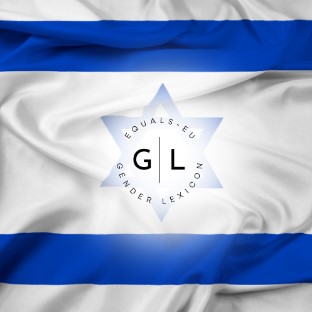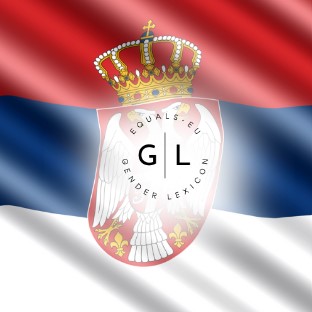
EQUALS-EU Gender Lexicon
The EQUALS-EU project commenced on 1st January 2021. Work Package 1, which is responsible for research, developed the research tools in collaboration with the consortium. These would be translated and distributed across 22 countries; 20 from the EU and 2 associative countries.
As the project progressed, the composition of these countries adjusted to the realities of data collection and a global pandemic, and new partnerships were formed. The research tools were translated into the countries’ national languages, and the effort consortium partners invested in this process resulted in this lexicon. The lexicon details how partners worked with contextual understandings and definitions in order to deliver the data that fed into the deliverables within EQUALS-EU.
We are aware of the global, legislative, and academic definitions that exist for gender terminologies and the consortium drew from these definitions in tailoring the research tools to their contexts. The EQUALS-EU lexicon does not purport to redefine or displace the existing definitions, our intention is to share through our lexicon the approaches adopted per country when collecting the data for the project. We hope this may inspire and perhaps be a useful tool for those wishing to support and work with more gender-inclusive innovation processes.
DISCLAIMER
We are aware of the global, legislative, and academic definitions that exist for gender terminologies and the consortium drew from these definitions in tailoring the research tools to their contexts. The EQUALS-EU lexicon does not purport to redefine or displace the existing definitions, our intention is to share through our lexicon the approaches adopted per country when collecting the data for the project. We hope this may inspire and perhaps be a useful tool for those wishing to support and work with more gender-inclusive innovation processes.














